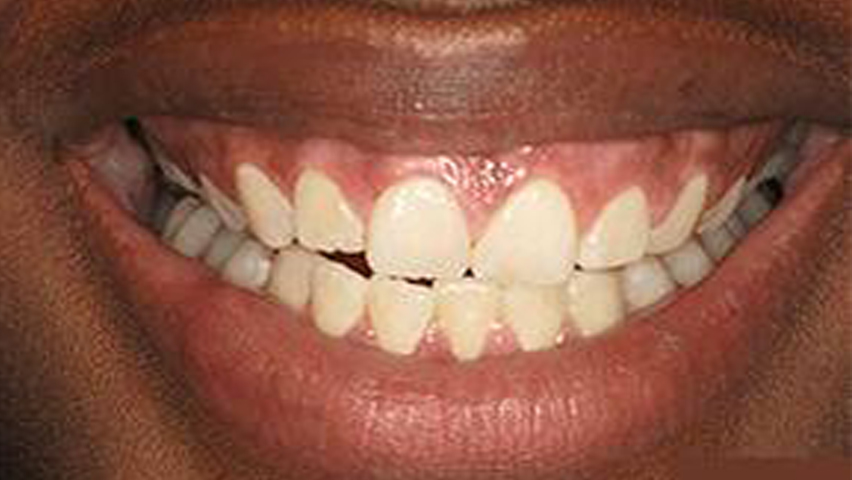Periodontal disease is a condition also referred to as “GUM DISEASES”. This is an inflammation of the gums and if severe, can lead to the loss of the tissues and bone supporting the teeth. It is caused by plaque, a sticky film of bacteria that forms continuously on the teeth. There are several causes of gum disease, which can be classified as risk factors. �
CAUSES (RISK FACTORS) OF GUM DISEASE
- Poor oral hygiene
- Accumulation of Plaque and calculus / tartar
- Smoking or chewing tobacco
- Poorly fitted crowns and bridges
- Badly aligned teeth
- Defective Fillings / Restorations
- Food/ bone fragments lodged between the teeth or gum
- Pregnancy or oral contraceptives
- Systemic diseases such as Diabetes or AIDS
STAGES OF GUM DISEASE
Gingivitis: – Gingivitis is the mildest form of gum diseases; the gums are red and puffy and may bleed while brushing or flossing. Plaque and tartar/calculus may build up at the gum line but the bone supporting the teeth is still healthy. Plaque can easily be removed by brushing or flossing the teeth but calculus/tartar has to be removed by scaling and polishing. Gum disease is reversible at this stage, removing the irritants (plaque, calculus) will restore the tissue back to its normal state.
PERIODONTITIS: – This is the next stage of gum disease. At this stage the gums begin to separate from the teeth, underlying bone is damaged; pockets form between the tooth and sometimes the gum could recede. Bacteria also spread easily into the pockets making it more difficult to control the disease process. If left untreated, Gum disease would progress to an advanced stage.
In the Advanced stage of this disease, pockets continue to deepen and there is further destruction of the underlying bone. Additionally the bacteria in these pockets are more virulent and contribute even further to progression of the disease. If left untreated, tooth/teeth will eventually be loosed from the bone and fall out.
SYMPTOMS OF GUM DISEASE
- Red, swollen or tender gums
- Gums that bleed while brushing and flossing
- Teeth that have drifted or loosened without any history of trauma
- Pus/Abscess between teeth and gums
- Persistent mouth odour/bad breadth
- Teeth that looks longer because the gums have separated from the teeth and receded
- Changes in the fit of dental prosthesis like Partial dentures, crowns, bridges… �
MANAGEMENT / TREATMENT
The main goal of treatment is to control the infection. The number and types of treatment will vary depending on the extent of the gum disease. Whatever treatment determined, requires that the patient also keep up good oral hygiene at home.
- Brush your teeth twice daily with a fluoride toothpaste
- Floss regularly to remove plaque from between the teeth.
- Make sure to rinse out properly after each meal.
- Visit the dentist regularly to carry out Scaling and polishing or root planning depending on the severity of Gum disease. Scaling is done by removing the calculus/tartar above and below the gum line while root planning gets rid of the rough spots on the tooth roots where the germs gather therefore removing the bacteria that contributes to the disease.
- Medications may be used alongside treatment like scaling /root planning.
- Depending on how far the disease have progressed , the Dentist/ Periodontist may suggest surgical treatment
- The dentist may also advice on modifying or changing certain habits like smoking and excessive consumption of alcohol.
Periodontal disease can always be prevented and it is completely reversible at the initial stage. Prevention starts at home with daily oral care and bi-annual visit to your dentist for routine scaling and polishing.
DR. E. EREBOR


